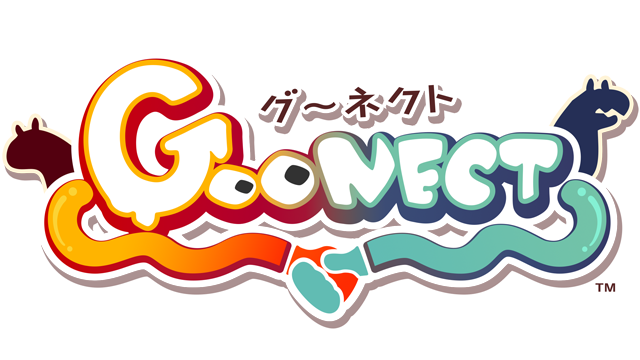
Goonect is a game where you join hands with another player and set out towards the goal together. The path ahead of you is full of ups and downs, and the only way you’ll make it to the end is by helping each other! Your arms stretch like elastic, but one step too far away from your friend and you’ll lose hold of their hand and get knocked out. Unexpected things happen and you won’t be able to stop laughing!
Plus, the game uses your score to measure how close you are with the other player, making this the perfect game to test the bond between you and your friend.
This game was developed as part of the new employee training program at Bandai Namco Studios. A team of eleven new hires created this game using the same process as any full-fledged game while being overseen by their mentors. Goonect was released for free on Steam1 on May 27, 2022, and has been very well received with 92% Recommended ratings and Very Positive reviews (as of June 30, 2022).
Game developers grow when they receive feedback from players after releasing a game into the world. The game development process is currently run on a large scale and it can take years for a developer to experience this cycle. However, by creating Goonect, this team was able to release a game right after joining the company. We met with them over Zoom and heard what they had to say about the new employee training at Bandai Namco Studios. (Meeting held in June 2022.)
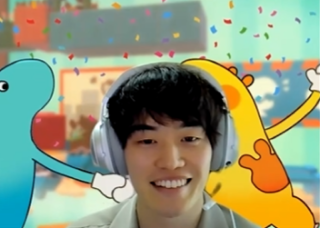
- Atsufumi Mori
- Lead engineer
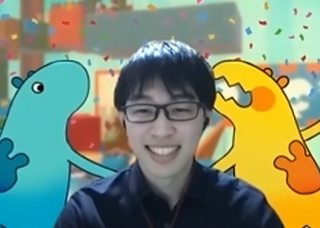
- Tatsuya Tokuchi
- Engineer
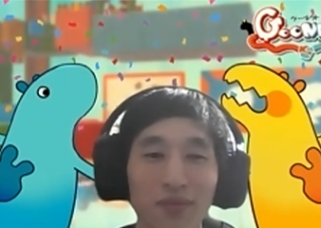
- Naoki Sugimoto
- Engineer
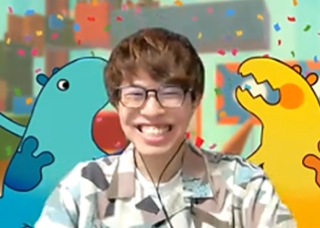
- Nobuyoshi Tamaki
- Engineer
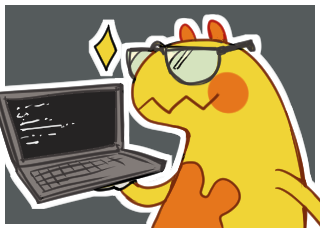
- Akihiro Iwata
- Engineer
They achieved their goal to have people play a game they created, even with no game development experience
―― Nice to meet all of you. Could you please introduce yourselves by telling us your name, most recent educational background, and if you have any experience developing games before joining.
●Mori: I’m Mori, the lead engineer. I managed everyone’s tasks and implemented the iconic “stretchy arms” in this title. I joined our company after attending university, where I studied in the school of information technology until graduate school, and have experience in game development.
●Sugimoto: I’m Sugimoto, one of the engineers. I worked on the character movements in-game and created an editor for the planners to adjust environmental hazards in. I researched image processing and other related topics while in graduate school at a university that specializes in electrical engineering and have experience in game development.
●Tamaki: My name is Tamaki and I’m also one of the engineers. I worked on rendering objects and creating shaders to make them look pretty. The end result was a cute game, so I think it was worth the hard work. I studied programming at a gaming vocational school for two years before joining the company and have experience developing games.
●Tokuchi: I’m Tokuchi and I’m an engineer as well. I was in charge of the out-game portions such as the parts before the player starts the game, the post-game results screen, and the foundations of the online play. I joined the company with an undergraduate degree from a university’s school of information technology and have no game development experience.
●Iwata: My name is Iwata, and I’m one of the engineers too. I implemented the sound effects and music created by the sound team into the game and created the framework for adjusting the sounds. I majored in information technology at a college of technology. There were no game development classes at my school, but I have game development experience.
●*In addition, there is one support staff member that helped with various things, from managing the new employee training to releasing the game.
―― I see, so among the five engineers, four of you have experience with game development, and one graduated from a gaming vocational school. Could you please tell me about the new employee training here at Bandai Namco Studios?
●Support staff: At our company, new employee training is designed to be a gateway to becoming a pro. They team up and spend about seven months working on a new game and learn about the magic of teamwork along the way. Last year, about forty new hires were split into four teams to work on developing their own game. The development process that they used is the same one employed by professionals, and they have mentors who they can go to for one-on-one advice as well.
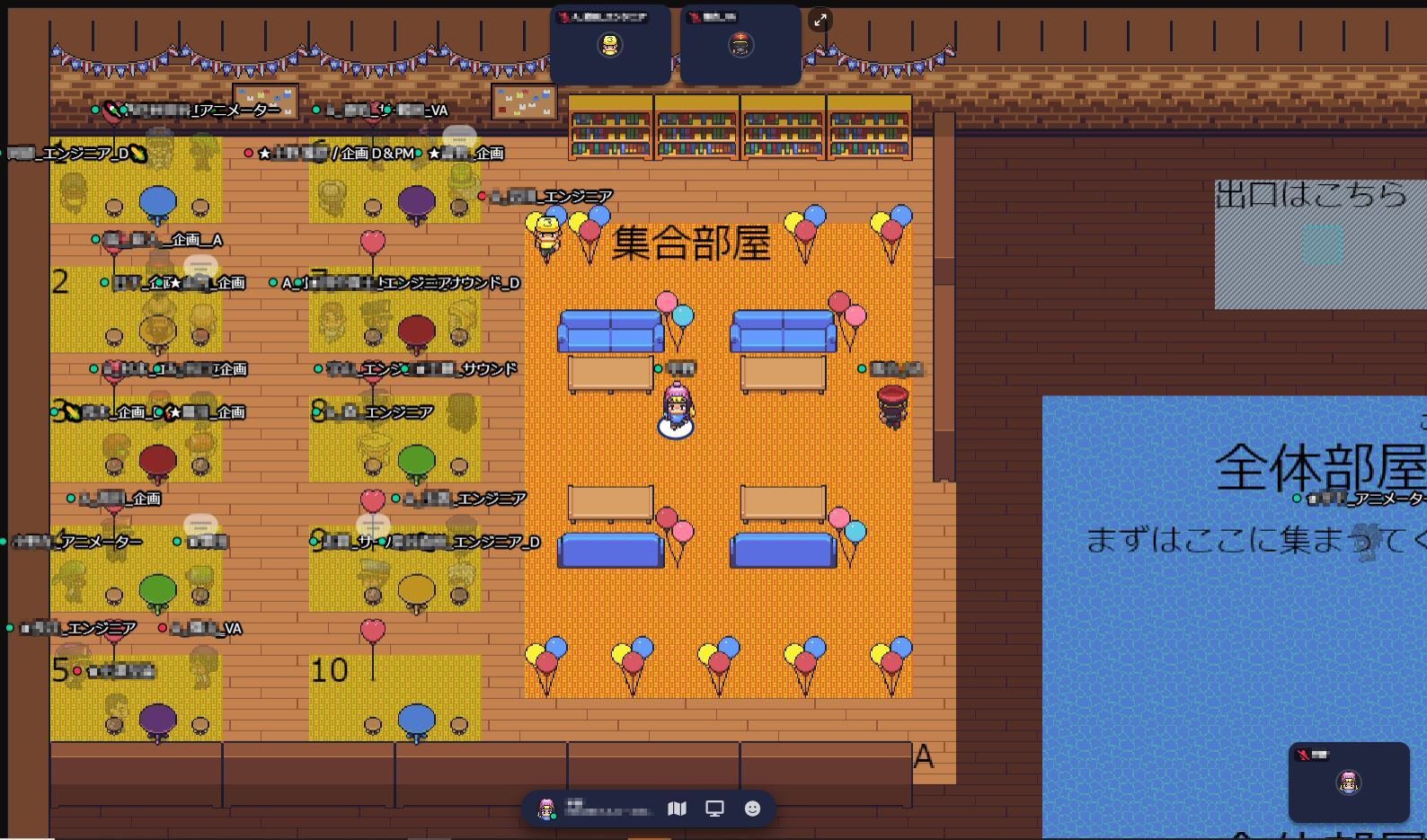
―― I see. In order to grow as a game developer, it’s important for them to complete and release a game, as well as receive feedback from players. That way, these new employees at Bandai Namco Studios are already experiencing the same workflows that are used in game projects during their training.
●Support staff: Exactly. Making games while they are young and keen means they’re less constrained during development.
―― How are the teams determined during new employee training?
●Support staff: New planners come up with their own proposals and present them, and those in other positions request placement in the project they want to join. On top of that, the more experienced staff members in our company sort members into each team to balance out their individualities.
―― I see, so experienced senior staff members are already involved in training starting from the team sorting process.
●Support staff: I assigned one planner who motivates the team as a whole and one planner with strong management skills to the planner who pitched Goonect. We talk with the planners about their strengths and what we expect from them. However, it seems that this may not be the same process across all positions.
●Tamaki: For engineers, we were encouraged to use training as a way to search for and brush up our skills and specialties instead of having our seniors tell us what they are.
―― Were you nervous before the training started?
●Tamaki: I was very nervous, but the support we received was very well-rounded. Our seniors were very eager to teach us and each day was a lot of fun.
●Sugimoto: We consulted with our seniors every day and were able to get their opinions and advice on many things. It was very helpful.
―― Do you think that people without technical education in game development would also be able to join Bandai Namco Studios?
●Sugimoto: I believe so. Most engineers here only experienced developing things on the side for fun, rather than from learning formally in a classroom. I hope that people without game development experience apply for jobs here.
Experiencing the reward of having other people play their game teaches new hires what it feels like to be a developer early on
―― Could you tell us what you had difficulty with in terms of engineering while developing Goonect? This seems like quite a technically challenging game for a new employee training project. It involves two players playing online through a boot camp-like course. And there’s additional interaction between the players and the environments, since their arms stretch and get caught on various obstacles throughout the game.
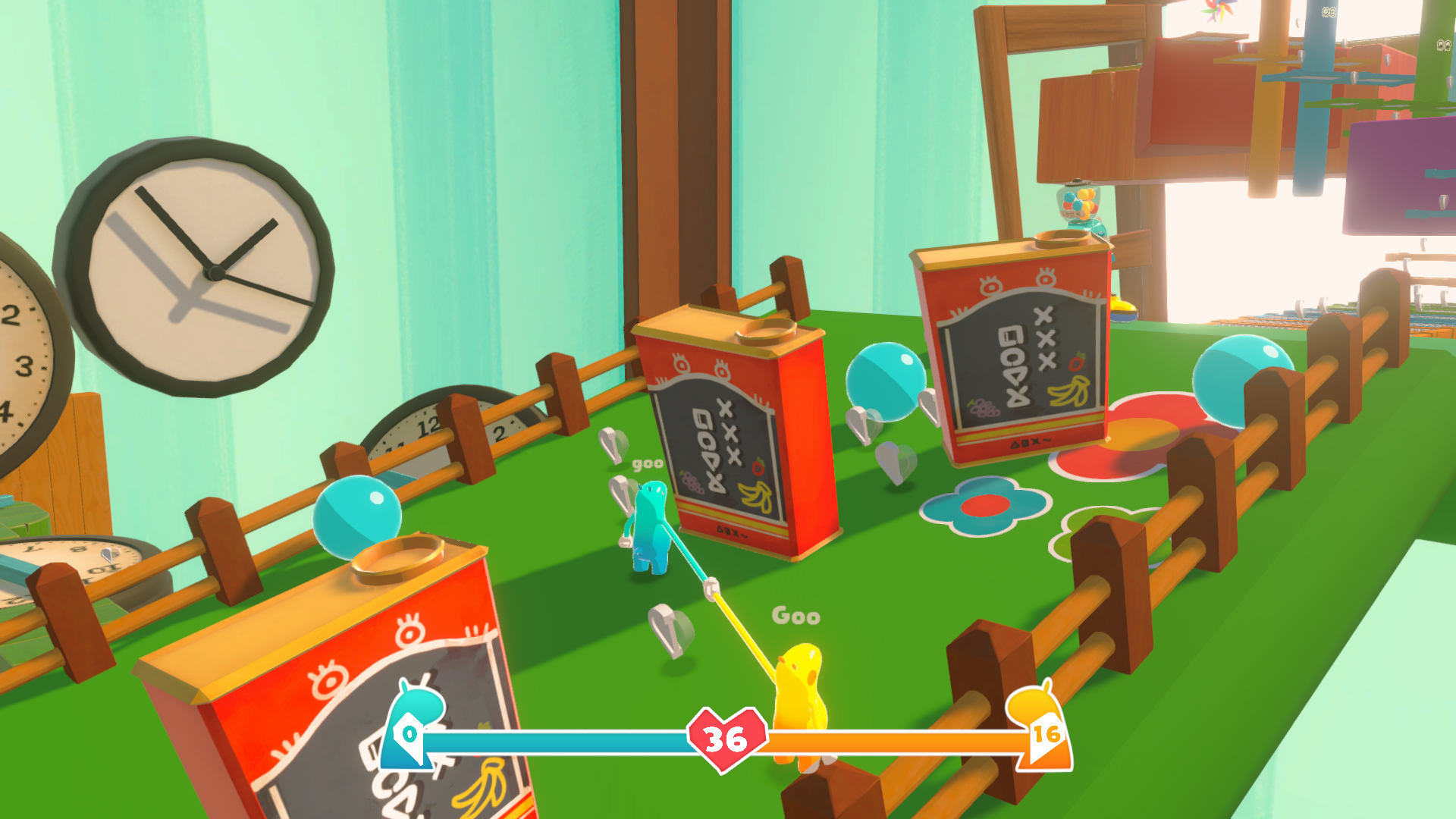
●Sugimoto: We wanted more people to be able to pick up and play Goonect, and considering that everything is done online nowadays, we thought it was a given that it would be online compatible. We didn’t worry much about difficulties on the technical side of it. However, because it is an online game, there are bugs that we could not reproduce or verify in our environments due to differences in connection speed or response stability. And there were bugs that were reproducible but that QA staff couldn’t easily check out. There were lots of cases where identifying the cause of these bugs alone took a lot of time.
●Tokuchi: This was my first time developing an online action game, so I was kind of anxious about whether I really could complete it. However, I was more excited to be able to take on a challenge as part of this training program. The problems we encountered was definitely due to the fact that the game was online, and it was difficult to isolate problems when they occurred. I will never forget the variety of problems that that we needed to pay attention to, such as network delays, processing order bugs related to network connection, and bugs in the game itself that were not related to the online environment.
●Mori: No one on the Goonect team had experience developing an online game to begin with, so we were all very excited and up for this new challenge. However, when we started working on it, I don’t think any of us foresaw how difficult it was going to be. Out of everything, I think we struggled the most with the stretchy arms. This feature carries the bulk of the game’s appeal since it lets you perform actions like saving your partner, but in the early stages of development it was so shoddy that it prevented the game from being fun. Despite these difficulties, starting testing early and continuing to improve on the feature until the last stages of development paid off, and we accomplished the feel and functionality that we aimed for.
●Tamaki: Since my strength lies in rendering and I’m practically ignorant of the networking portions, I was ready to take charge of what I was good at. I was the only one among the engineers where it didn’t matter whether the game was online or not. However, Goonect is a game that demanded a large number of objects as it is a 3D stage-based action game, but the Goonect team was overwhelmingly short on materials and members. We ended up purchasing assets and creating shaders to make them match the look and feel of the game. After a lot of trial and error, we managed to turn around the situation and deliver visuals that exceeded the expected quality by the deadline.
●Iwata: When I first heard that we would be making an online game, I really did not think that we would be able to complete it within the time limit. I was in charge of implementing the audio. I had a hard time with the increase of background music parts on the menu screen and processing the fade out of the music after the screens switch.
―― It’s been a little while since Goonect was released. What are your thoughts?
●Mori: I’m very happy to see that something we created is being played and streamed on YouTube and other platforms. We made Goonect for two people to have fun playing together and wanted them to yell when the character loses their footing and falls. When I see that players are able to enjoy the game as we intended, I feel that it was worth the hard work and I’m glad we put all our efforts into making it. There was a lot of positive feedback overall and I am very touched.
●Tamaki: I was uncertain of whether people would be interested in what we made. However, I saw that there were many VTubers who recommended Goonect to their viewers. I was deeply moved and felt proud that I had created something that people would want to recommend to others.
●Sugimoto: I believe that anyone who wants to work at this company wants to make games that anyone can enjoy, no matter who they are. I was very moved by the fact that we received substantial feedback from the users and that they enjoyed our game.
●Tokuchi: I was so happy to hear someone praise us and say that the game was better than what they expected from a new employee training project. That was one of my goals from developing this game.
●Tamaki: I also really appreciated that the support staff compiled the user reactions and sent them to us. Looking at them together was exhilarating (laughs).
●Iwata: People around me also played the game and that made me happy as well. I couldn’t stop grinning when they told me what they thought of it (laughs).
●Tamaki: I’m in various communities on a chat app, but I did not reveal that I was part of the development team for Goonect. Seeing people post about our game and saying things like, “check out this cool game” made me very proud.
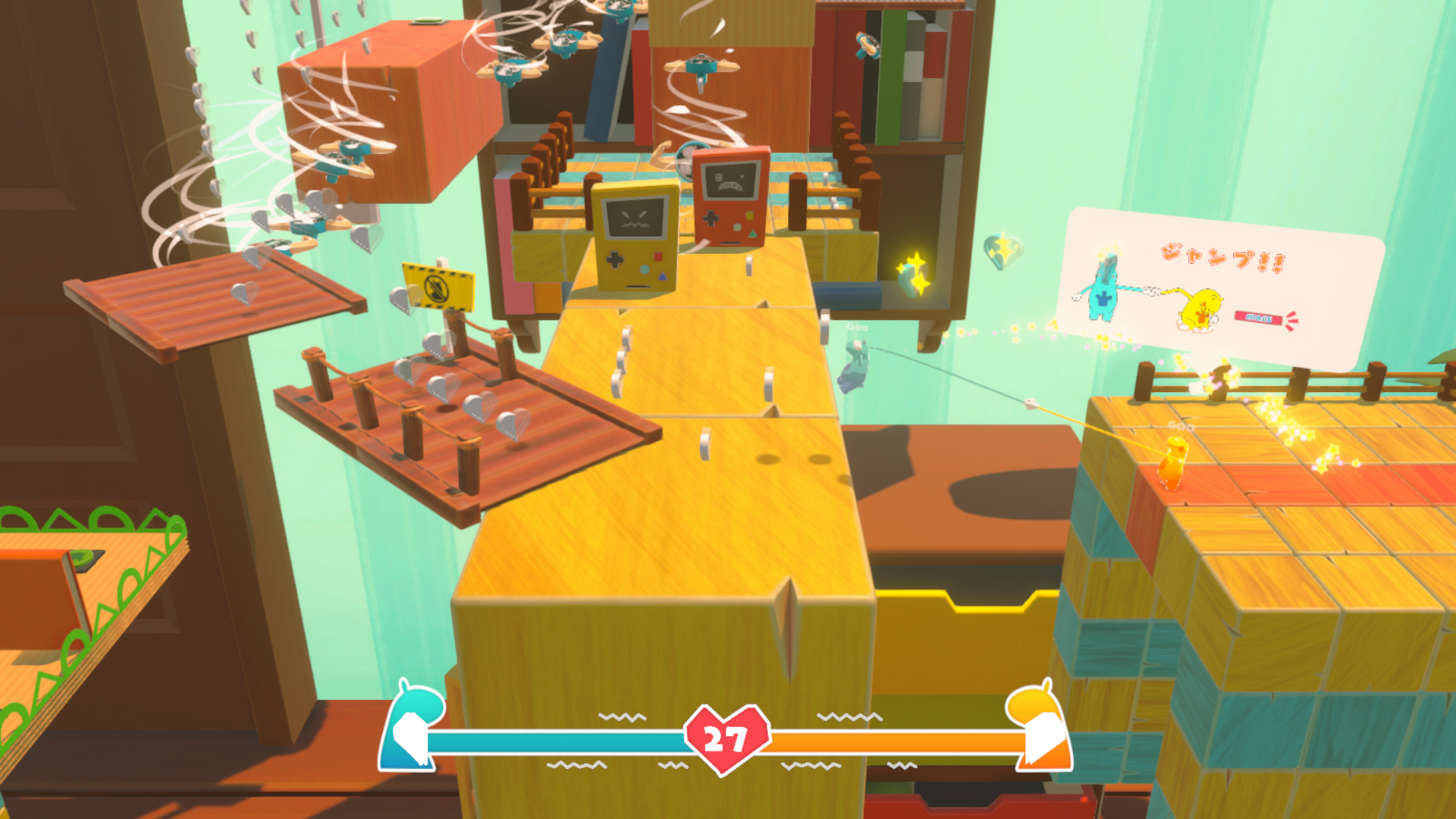
―― Was there a goal set for the number of downloads or players, since Goonect was released as part of the new employee training?
●Support staff: As far as I know, no such goals were set. The goal was for new hires to release a title to the public and see the feedback.
―― I see. New hires get the chance to follow their passion for creativity by working on games while receiving advice from their seniors. Plus, the game they create gets published by Bandai Namco Studios and Phoenixx. And through this process, the new hires grow from the feedback they receive from actual players. This is definitely an experience that’s not widely accessible to amateur developers.
A training environment where new employees can communicate easily and get better at relying on others
―― After developing Goonect, each of you are assigned to different teams. Do you still keep in touch and talk about what you’re working on now?
●Tamaki: I keep in touch with everyone who joined the company at the same time as me, not just the Goonect team. Our group, the class of 2021, are especially connected and still help each other out after being assigned to different teams and departments. I think that because of the current climate, we are more wary of drifting apart from one another. For example, Mori is very enthusiastic and holds lots of gatherings for us to also mingle with the class of 2022, who would be our juniors. I think it comes from wanting to fill the hole in human connection that the pandemic has opened up. I also think that we are able to discuss some things more closely because we were doing development online.
When we were working on Goonect we asked other teams of new recruits to test the game and asked for their input. So, I think rather than our team creating Goonect, it was more a product of support from everyone in the program.
―― Last but not least, please say something to those who are considering applying for a job at Bandai Namco Studios!
●Mori: I did not think that I could achieve my goal to have someone play a game that I created so soon. We got feedback from the players, and my name is in the credits. In any other game company, this would take at least three or four years to accomplish, and I think that difference is huge.
●Sugimoto: Bandai Namco Studios is a place where, even if you have zero experience in game development when you apply, you’ll be able to create a game that’s on par with other commercial games out there thanks to the advice and guidance from the experienced seniors here. I was able to create Goonect in just six months of joining the company, so you have nothing to worry about.
●Tamaki: From our peers to our seniors, everyone is very nice here. Someone will always reach out to help you when you need it, and you’ll learn to rely on others better (laughs). So even if you’re not that confident now, I think you will grow as a game creator here.
●Tokuchi: I believe that many are worried that they may not be able to connect well with their seniors when joining a company during this time. However, at our company, each new hire has one senior mentor. With easy communication in place from the new employee training process, I felt that this was a good company to work at.
●Iwata: I myself applied for this job thinking I’d never get it, so I want everyone to know that it will all work out somehow.
―― Thank you very much!
(Writer: Shiniti Yamoto)
NEXT>>>The Making of Goonect (Game Designer, Artist, Animator, and Sound Creator Interview)
Official website:
https://store.steampowered.com/app/1850360/Goonect/
※All company and product names mentioned herein are trademarks or registered trademarks of their respective companies.
1©2022 Valve Corporation. Steam and the Steam logo is a trademark or registered trademark of Valve Corporation in the United States and/or other countries.
Goonect
©Bandai Namco Studios Inc. Published by Phoenixx Inc.




